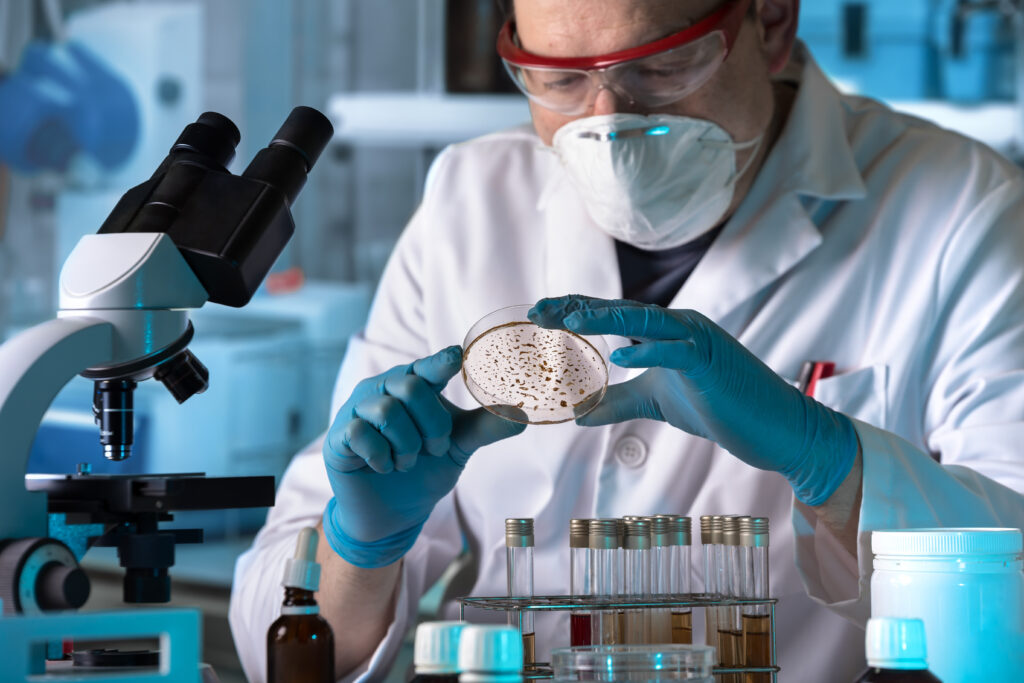The January 2009 issue of Trends in Microbiology contains an article entitled “Bacterial flagellar diversity and evolution: seek simplicity and distrust it?” Unfortunately, like many people, the authors have a mistaken view of irreducible complexity, as well as a very shallow idea of what a Darwinian “precursor” to an irreducibly complex system might be. I wrote a letter to the editor of the journal to point out these difficulties. Alas, they said they had no room to publish it. Below is the letter that I sent.
To the editor:In their recent article “Bacterial flagellar diversity and evolution: seek simplicity and distrust it?” Snyder et al. (2009) [1] attribute to me a view of irreducible complexity concerning the flagellum that I do not hold. They write “One advocate of ID, Behe, has argued that the bacterial flagellum shows the property of ‘irreducible complexity’, that is, that it cannot function if even a single one of its components is missing”. That isn’t quite right. Rather, I argued that necessary structural and functional components cannot be missing. In Darwin’s Black Box I wrote, “The bacterial flagellum uses a paddling mechanism. Therefore it must meet the same requirements as other such swimming systems. Because the bacterial flagellum is necessarily composed of at least three parts—a paddle, a rotor, and a motor—it is irreducibly complex.” [2] A particular auxiliary component of the flagellar system, such as, say, a chaperone protein, may or may not be needed for the system to work under particular circumstances. However, if it is missing a necessary mechanical part, it simply cannot work.That shouldn’t be controversial. In fact Snyder et al (2009) avail themselves of the same reasoning when they write about a hook-basal-body complex recently discovered in Buchnera aphidicola, which “lacks … the gene for flagellin”. [1] They conclude it “must have some role other than motility.” Well, why must it have some role other than motility? Because, of course, it is missing the paddle, and therefore can’t work as a paddling propulsion system. In other words, in my sense of the term, it is irreducibly complex.Snyder et al (2009) think Buchnera’s derived structure “illuminates flagellar evolution by providing an example of what a simpler precursor of today’s flagellum might have looked like – a precursor dedicated solely to protein export rather than motility”. [1] I think that simplicity should be distrusted. The activity of a protein export system has no obvious connection to the activity of a rotary motor propulsion system. Thus the difficulty of accounting for the propulsive function of the flagellum and its irreducible complexity remains unaddressed. In regard to the flagellum’s evolution, Snyder et al’s (2009) advice to distrust simplicity is sound and should be followed consistently. [1]Michael J. BeheProfessor of Biological SciencesLehigh UniversityBethlehem, PA 18015References1. Snyder, L.A., Loman, N.J., Futterer, K., and Pallen, M.J. (2009) Bacterial flagellar diversity and evolution: seek simplicity and distrust it? Trends Microbiol. 17, 1-5.2. Behe, M.J. (1996) Darwin’s Black Box: the Biochemical Challenge to Evolution. The Free Press, New York, p. 72.
